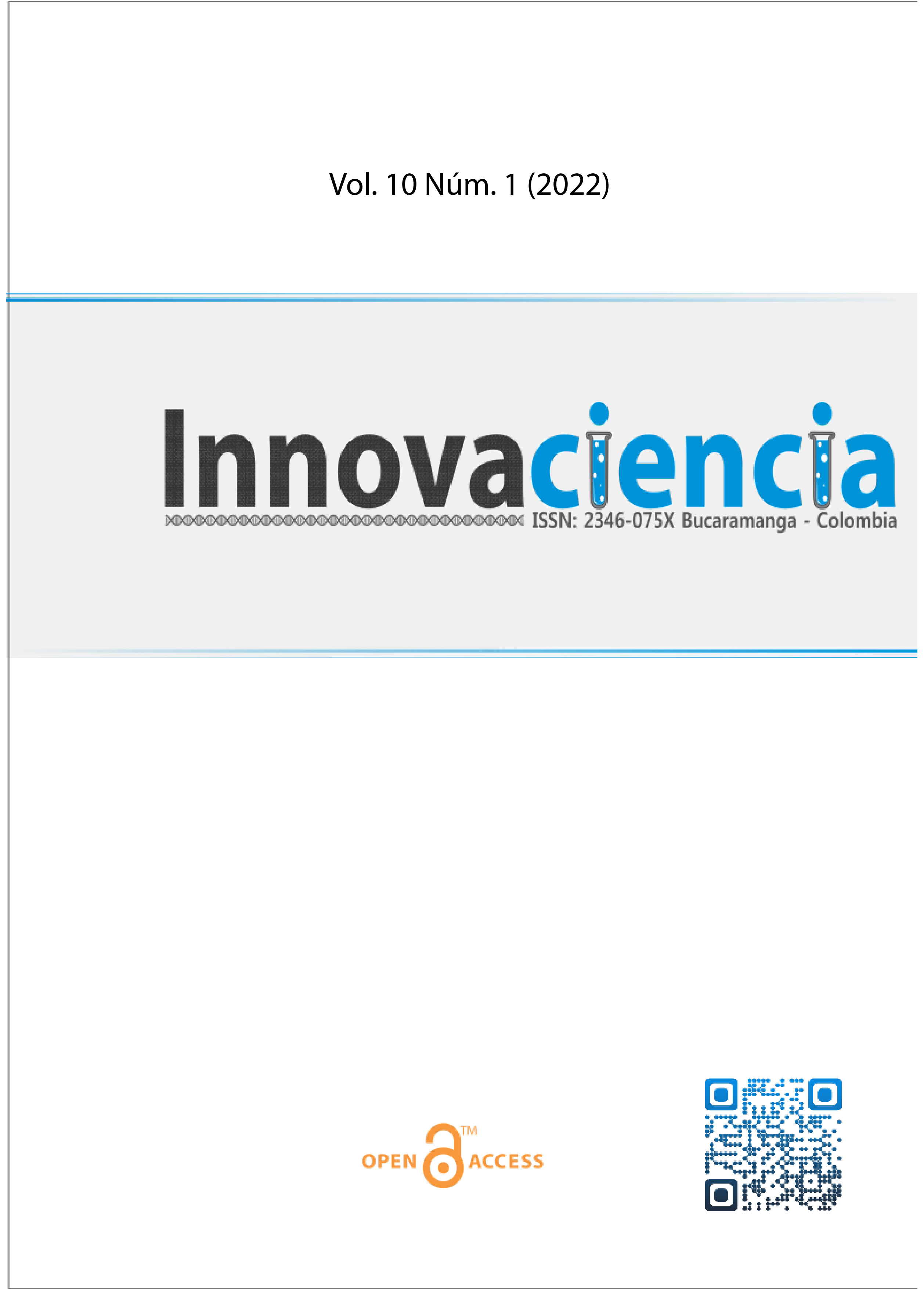Transformation of the concept of comfort of the residential and urban environment in the modern conditions of the Almaty City
DOI:
https://doi.org/10.15649/2346075X.2974Palabras clave:
Housing Comfort, The Subject-Spatial Environment, Parameters of Dwelling Comfortable, Living Environment, Image of The CityResumen
Introduction: The article carried out work on the study of the formation of the comfort of living in the Almaty city, the Republic of Kazakhstan. Materials and Methods: Analysis of the natural, historical and architectural and planning prerequisites for the emergence and development of the concepts of "living environment", "urban environment", "image of the city" as a space for meeting the needs of residents – economic and household, consumer, educational, cultural, etc. Results and Discussion: The work is based on publications of authoritative sources, and reflects the directions of the authors' research in the framework of scientific research and pedagogical work in the field of design of the architectural environment. Conclusions: The work is based on the following basic elements: urban housing is part of a large system of the urban environment of the city with varying degrees of interconnections; the design of the architectural environment is a specialty that takes into account the formation of the subject-spatial environment, as well as the issues of its qualitative functioning in accordance with the needs of the individual and society as a whole; regardless of the initial qualities, the architecture, the subject-spatial environment of the dwelling and the city acquire the features of regionality as it functions; regional style is a materialized subject-spatial object created on the basis of a cultivated aesthetic image and way of being in a given area.
Referencias
UN Department of Economic and Social Affairs: Division of Population. The population of Kazakhstan. Country meters. Available at: https://countrymeters.info/ru/Kazakhstan. Accessed: July 18, 2022.
Centre of development of Almaty city. Almaty is a global city for people. The main priorities of the Almaty Development Plan until 2025 and medium-term prospects until 2030. June 2022. Available at: https://almatydc.kz/en/activities/Program-documents Accessed: July 18, 2022.
Glaudinov BA. History of architecture of Kazakhstan. Almaty: KazGASA; 1999.
Margulan AKh, Basenov TK, Mendikulov MM. Architecture of Kazakhstan. Alma-Ata: Kazgosizdat; 1959.
Kapanov AK, Baimagambetov SK. Almaty. Architecture and urban planning. Almaty: DIDAR Publishing Co; 1998.
Akhmedova A, Sabitov A. Spatial composition of traditional Kazakh necropolises. In International Conference on Social Sciences and Art; 2016 April 6-9; Vienna, Austria.Vienna: SGEM Vienna HOFBURG; 2016. pp. 641-646.
Lynch K. The image of the city. Moscow: Stroyizdat; 1982.
Ikonnikov AV. Space and form in architecture and urban planning. Moscow: KomKniga; 2006.
Efimov AV. Design of the architectural environment - an architectural profession. Acad. Architect&Constr. 2019. (3):18-27.
Goldhagen SW. The city is like madness. How architecture affects our emotions, health, life. Moscow: Publishing house AST; 2021.
Ellard K. Habitat: How architecture affects our behavior and well-being. Moscow: Alpina Publisher; 2016.
Rubanenko BR, Kartashova KK, Tonsky DG. The living cell in the future. Moscow: StroyIzdat; 1982.
Akhmedovа A. Conceptions about the comfortable components of dwellings in Kazakhstan. In 3rd International Multidisciplinary Scientific Conference on Social Sciences and Arts; 2016 April 6-9; Vienna, Austria. Vienna: Curran Associates, Inc; 2016. pp. 189-196.
Carmona M, Giordano V, Nayyar G, Kurland J, Buddle C. HOME COMFORTS. How the design of our homes and neighborhoods affected our experience of the Covid-19 lockdown and what we can learn for the future. 2020. Available at: http://placealliance.org.uk/wp-content/uploads/2020/10/Place-Alliance-Homes-and-Covid-Report_2020.pdf. Accessed: August 15, 2022.
Karatseyeva TY, Akhmedov AT. Green areas in the structure of modern urban housing. Architect, Urb Planning &Des. 2021. 2(28):10-18.
Morozova E. Different Hatches Needed. 2020. Available at: https://vernoye-almaty.kz/others/lyuki1.shtml. Accessed: August 15, 2022.
Almaty Maps. Available at: https://www.skyscrapercity.com/threads/almaty-maps-Карты-Алматы.1743619/page-8. Accessed: August 15, 2022.
Orlov P, Rubanenko BR, Rafailovich B, Kartashova K. Prospects for the development of housing in the USSR. Moscow: Stroyizdat; 1975.
MLA+. Livable neighborhoods for convenient cities. Principles of planning. 2018. Available at: https://www.mlaplus.com/wp-content/uploads/2019/02/Greenfield-design-principles.pdf. Accessed: July 5, 2022.
Urban Forum Kazakhstan. Lecture "Participatory design: finding the best solutions from the bottom up". Available at: https://urbanforum.kz/henry_sanoff. Accessed July 5, 2022.
Goldhagen SW. How the built environment shapes our lives. architecture affects our behavior and well-being. Moscow: Harper; 2017.
Descargas
Publicado
Cómo citar
Descargas
Número
Sección
Licencia
Todos los artículos publicados en esta revista científica están protegidos por los derechos de autor. Los autores retienen los derechos de autor y conceden a la revista el derecho de primera publicación con el trabajo simultáneamente licenciado bajo una Licencia Creative Commons Atribución-NoComercial 4.0 Internacional (CC BY-NC 4.0) que permite compartir el trabajo con reconocimiento de autoría y sin fines comerciales.
Los lectores pueden copiar y distribuir el material de este número de la revista para fines no comerciales en cualquier medio, siempre que se cite el trabajo original y se den crédito a los autores y a la revista.
Cualquier uso comercial del material de esta revista está estrictamente prohibido sin el permiso por escrito del titular de los derechos de autor.
Para obtener más información sobre los derechos de autor de la revista y las políticas de acceso abierto, por favor visite nuestro sitio web.
















